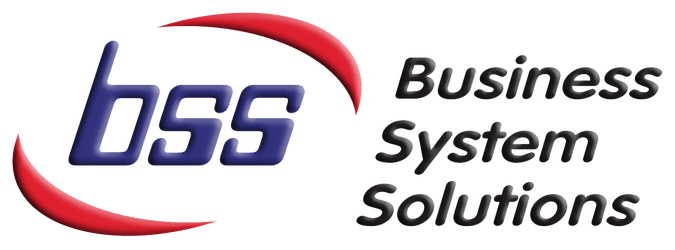
May 2017. Over 200,000 Windows XP worldwide users fall victim to one of the most notorious widespread ransomware attacks: WannaCry. The users were an easy target because three years prior, Microsoft ended support for Windows XP, meaning that it no longer received maintenance and security patching. While WannaCry wasn’t the only exploit that targeted the now-exposed Windows XP vulnerabilities, it was certainly the most widespread and devastating.
Fast-forward to today. Microsoft Windows 7 is rapidly approaching its end of support on Jan. 14, 2020. In 2016, Microsoft Chief Marketing Officer Chris Capossela warned about the risks of using Windows 7 due to the software’s age and increasing compatibility concerns with everything from printers to line-of-business applications. In 2017, Microsoft issued warnings that Windows 7 is dangerously insecure.
What end of support means for your business
New vulnerabilities are discovered throughout the lifecycle of any software. It’s the reason your PC’s operating system and applications regularly receive updates. The End of support date means as of Jan. 14, 2020, Microsoft will no longer work to detect vulnerabilities or provide security patches for the operating system.
This is an unacceptable risk for any business. There are additional implications for those mandated to stay compliant with specific government regulations. For instance, after the end of support date, healthcare organizations running Windows 7 on networks containing patient data may be out of compliance with the Health Insurance Portability and Accountability Act of 1996 (HIPAA).
Likewise, those businesses who are subject to Payment Card Industry Data Security Standard (PCI DSS) regulations must ensure that both the operating systems and applications used in the cardholder data environment receive security updates.
3 Steps to Quickly Transition Off Windows 7 Before End of Support
If you’re running Windows 7, we recommend planning to migrate to Windows 10 as soon as possible. As we’ve helped our clients move to Windows 10, these are the steps we’ve taken and recommend you follow:
1. Talk to your applications vendors now.
Before moving to a new operating system, you’ll need to confirm that every application currently running on Windows 7 is compatible with your new operating system. This step applies to your entire application stack, though it is most critical for niche and complex line-of-business applications. There are a few vendors who are slow to support newer operating systems, so this step is imperative.
2. Budget for new hardware.
Yes, hardware. Laptops and desktops running on Windows 7 are likely beyond their healthy expected life-span and will not have the processing capacity to run Windows 10 efficiently. Depending on how many computers you have, it could be costly to replace them all at once. If you have not started budgeting and planning for this, start now. Work with a managed services provider like Micro Visions, Inc. to make sure you have someone helping you prioritize your rollout strategy and take advantage of the discounts and bundle pricing an MSP can access, versus purchasing off a shelf.
3. Work with a trusted IT provider.
Moving from Windows 7 to Windows 10 is not a “plug-and-play” scenario. A trustworthy managed IT provider will create a seamless transition from Windows 7 for your business. A qualified managed IT provider will manage your data migration and application configuration to minimize the disruption to your staff. Instead of spending a whole day trying to set up their new laptops to print, receive emails, find files and navigate your complex corporate network, your employees will clock only about 20 minutes of downtime.
A managed IT provider like Micro Visions, Inc. can also help coordinate your applications vendors and create a rollout strategy that meets your budget.
Start Now
If you’re still not convinced, there’s plenty of information online that outlines the benefits of making the upgrade.
The time to move from Windows 7 to Windows 10 is now. Make it easy with Micro Visions. Contact us today online or at 616.776.0400.




